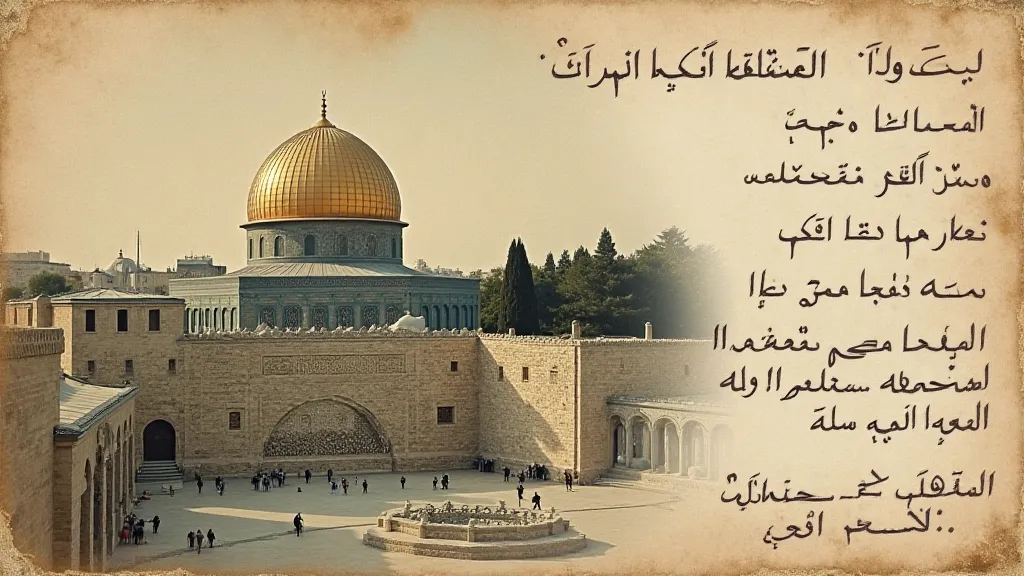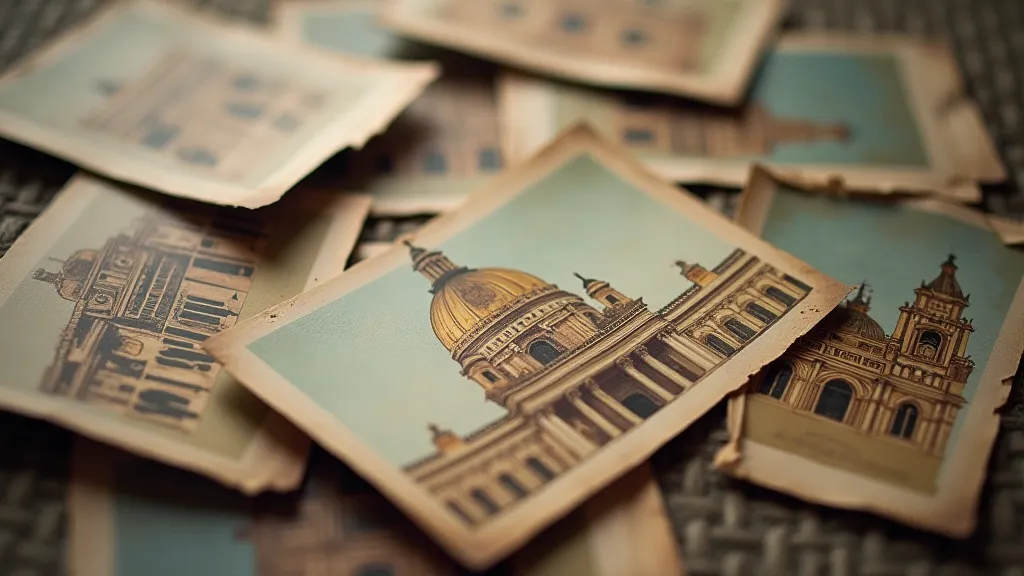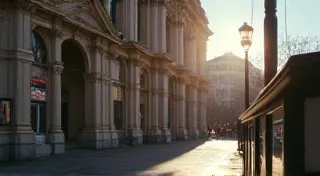Paper Pilgrimages: The Postcard as a Souvenir of Spiritual Journeys
The scent of aged paper, the gentle crackle as you unfold it – there’s a tactile magic to vintage postcards. They’re more than just pretty pictures; they’re frozen moments in time, whispers from the past. While many celebrate seaside holidays or bustling cityscapes, a particularly compelling and often overlooked niche within postcard collecting focuses on religious pilgrimages. These aren’t just souvenirs; they're tangible expressions of faith, travel, and a deep connection to sacred places, offering a poignant glimpse into the spiritual journeys of those who came before us.
The late 19th and early 20th centuries witnessed an explosion in postcard production, coinciding with increasing accessibility to travel. The introduction of reliable postal systems and the rise of the middle class allowed more people to embark on journeys, both near and far. Pilgrimages, traditionally undertaken by the devout, were slowly becoming less exclusive, and the postcard emerged as the perfect memento – a small, affordable, and easily mailable testament to a deeply personal experience. Imagine a farmer, saving for months, finally making the trek to Lourdes, sending a postcard home to his family, a symbol of his faith and perseverance. That single card carries a weight of meaning far beyond its diminutive size.

The Craftsmanship of Faith
What’s immediately striking about these pilgrimage postcards is their artistic merit. While mass production was becoming commonplace, the images themselves often reflected meticulous craftsmanship. Early postcards were often lithographs, painstakingly rendered by skilled artists. The holy sites – Notre Dame, Santiago de Compostela, the Vatican, countless shrines and monasteries – were captured with a reverent eye, attempting to convey not just the physical structure, but also the spiritual essence of the place. Observe the detail in the rendering of stonework, the subtle play of light and shadow, the way artists attempted to depict the feelings of awe and serenity that pilgrims experienced. These weren’t simply tourist snapshots; they were artistic tributes to the divine.
Furthermore, the messages scrawled on the backs of these postcards offer a rare glimpse into the personal experiences of those who made the journeys. Often brief and heartfelt, these notes provide context and emotion that cannot be gleaned from the image alone. You might find phrases like, "Prayed for you at the altar," or “The journey was arduous, but the blessings were abundant.” These aren't the generic greetings one might find on postcards of popular beaches. They speak of faith, devotion, and a profound sense of connection.
A Tangible Representation of Belief
The significance of a pilgrimage postcard extends beyond its aesthetic and historical value. It’s a tangible representation of faith – a physical object imbued with the hopes, prayers, and blessings of the sender. Think about the rituals often associated with pilgrimages: touching sacred objects, lighting candles, offering prayers. The postcard, in a small way, becomes a conduit for these rituals. It's a reminder of the journey, and a way to share the experience with loved ones who couldn’t be there. For the recipient, it's a connection to a holy place and a shared moment of faith.
Consider the personal story behind each card. Who was the sender? What motivated their journey? What did they hope to achieve? The postcard becomes a portal to another time, allowing us to connect with the hopes and dreams of individuals whose lives were shaped by faith and travel. Collecting these postcards isn’t just about accumulating pretty pictures; it’s about piecing together fragments of history, understanding the spiritual landscape of a bygone era, and appreciating the enduring power of belief.
The act of sending a postcard was also significant in itself. It was a deliberate act of communication, a personal message delivered through the postal system. In a time before instant messaging and email, the arrival of a postcard from a distant holy place was a special event, eagerly anticipated and treasured.
Restoration and Preservation
As with any vintage collectible, the preservation of pilgrimage postcards is paramount. Many have suffered from the ravages of time – fading colors, brittle paper, creases, and tears. Careful handling is essential. Storage in acid-free sleeves and albums is the best way to protect them from further deterioration. While complete restoration can be tricky and often diminishes the postcard's value (as it alters its historical integrity), gentle cleaning with archival-quality materials can remove surface dirt and grime. Avoid aggressive cleaning methods or attempts to "fix" significant damage. The imperfections often tell a story of their own, adding to the postcard's unique character.

The Intersection of Travel and Spirituality
The rise of religious tourism is undeniable, and these postcards serve as a fascinating historical document of that phenomenon. They reveal a time when the lines between travel and spirituality were often blurred. Pilgrimages weren’t simply about visiting holy places; they were about personal transformation, about seeking solace and guidance, about connecting with something larger than oneself. These postcards provide a unique window into that intersection, offering insights into the motivations and experiences of those who embarked on these sacred journeys.
The collecting community for these niche postcards is passionate and dedicated. Sharing knowledge and stories is a key part of the experience. Online forums and collector groups provide opportunities to connect with like-minded individuals, learn about specific pilgrimage routes, and discover rare and unusual cards.
The beauty of collecting these vintage postcards lies not just in their aesthetic appeal, but in their ability to transport us to another time, to connect us with the faith and experiences of those who came before, and to remind us of the enduring power of human connection – both spiritual and personal. They are, in essence, paper pilgrimages in their own right.






